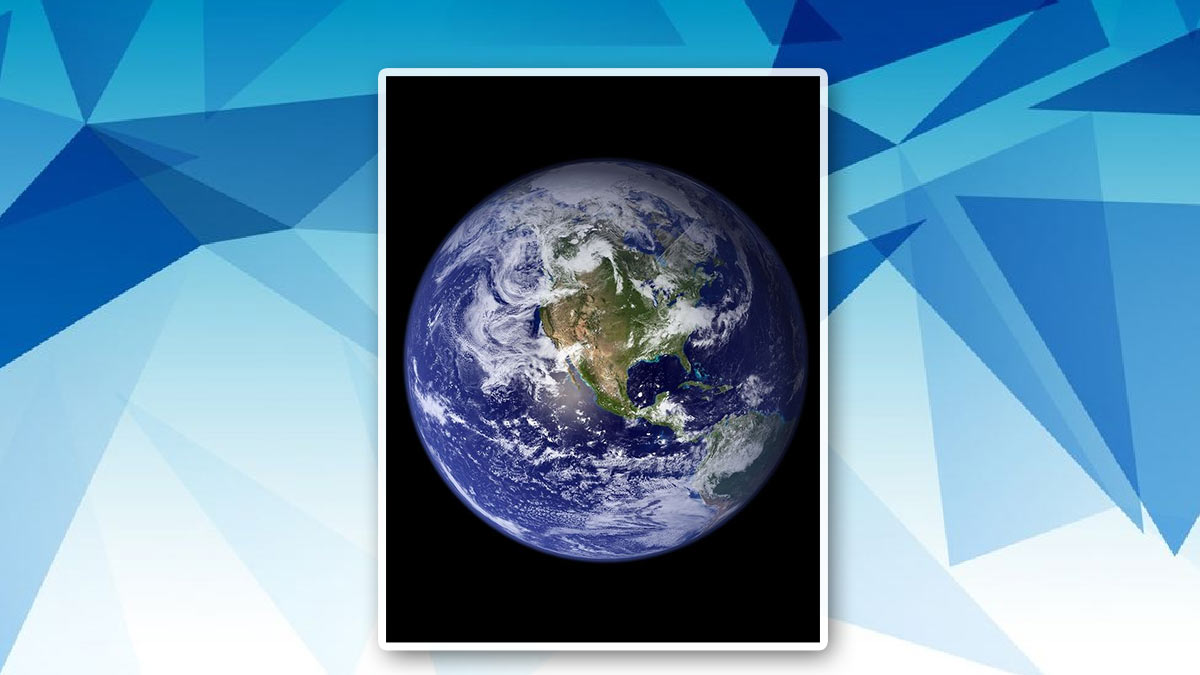
Earth Day 2024: Most Beautiful Earth's Images And Videos Captured By NASA Satellite
NASA's satellites have provided us with a unique perspective on the beauty of our planet Earth, capturing stunning images of Earth's diverse landscapes and natural wonders. The beauty of Earth is breathtaking, and NASA's fleet of satellites has captured some of the most mesmerising scenes of our planet from space. From vibrant landscapes to intricate patterns, check out these images and videos that offer a unique perspective on the dynamic nature of our home Earth:
1. The Blue Marble
View this post on Instagram
One of the most iconic images captured by NASA is the "Blue Marble," taken by the Apollo 17 astronauts in 1972. This picture was taken on December 7, 1972, by NASA astronauts Eugene “Gene” Cernan, Ronald Evans, and Harrison Schmitt. This image shows Earth as a stunning blue sphere, floating in the vastness of space, swirling over the vast African continent and south polar ice cap. It remains a powerful symbol of our planet's beauty and fragility.
2. Aurora Borealis
View this post on Instagram
NASA's satellites have captured breathtaking images of the aurora borealis, also known as the Northern Lights. The International Space Station (ISS) also shared a captivating perspective, showcasing city lights juxtaposed with the ethereal backdrop of natural auroras. Through a series of four images, the ISS illustrated the stunning nocturnal vistas Earth offers when observed from space. As the ISS orbited as high as 51.6 degrees above the equator, it unveiled mesmerising scenes of cities illuminated at night, interspersed with the enchanting glow of auroras and the shimmering stars above. The northern lights, also known as the aurora borealis, grace the skies of countries near the Arctic Circle or the North Pole, adding to the sight witnessed from space.
3. EPIC New View of Earth
NASA has also shared some beautiful images of Earth captured by the Earth Polychromatic Imaging Camera (EPIC), situated approximately one million miles away from our planet, nestled between the sun (Spectacular Locations For Viewing The Total Solar Eclipse) and Earth. EPIC has clicked stunning images of our home every two hours. Since its start on July 6, 2015, EPIC, a component of the National Oceanic and Atmospheric Administration's Deep Space Climate Observatory (DISCOVR), has amassed nearly 3,000 captivating images of Earth during its annual orbit around the sun. The dedicated team, under the guidance of EPIC lead scientist Jay Herman, meticulously curated all 3,000 images to craft a breathtaking time-lapse sequence, offering a remarkable portrayal of an entire year's journey on Earth.
Don't miss: Earth Day 2024: 3 Short Speech Ideas For Students To Champion Environmental Action
4. Earth At Night
View this post on Instagram
In 2017, NASA Earth shared on Instagram this beautiful image of Earth during the night and wrote, “NASA scientists have released new global maps of Earth at night, providing the clearest-yet views of the patterns of human settlements across our planet. Satellite images of Earth at night—often referred to as “night lights”—have been a curiosity for the public and a tool of fundamental research for at least 25 years. They have provided a broad, beautiful picture, showing how humans have shaped the planet and lit up the darkness.” From space, Earth's surface twinkles with a myriad of lights, creating a mesmerising sight against the darkness of space.
Don't miss: Earth Day 2024: 5 Ways To Sustainably Clean Your Kitchen
5. Earth's Airglow
View this post on Instagram
As per the post shared by NASA on Instagram, it wrote, “Earth's airglow outlines the planet's horizon with the Moon above in this photograph captured on Nov. 14, 2023, from the International Space Station (@ISS) as it orbited 260 miles (418 km) above the midwestern United States.” According to NASA, “Airglow is when atoms and molecules in the upper atmosphere, excited by sunlight, emit light in order to shed their excess energy.”
Videos of Earth Captured By NASA Satellite
View this post on Instagram
For more such stories, stay tuned to HerZindagi.